-
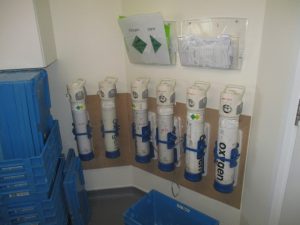 29th July 2020
29th July 2020The Use of Oxygen – Oxygen is naturally occurring within the air we breath, it is odourless, colourless and a tasteless gas that is slightly heavier than air. Oxygen gas is not flammable, however, if released in to the atmosphere within a building, it will enrich normal atmospheric content levels and would accelerate a fires…
-
 4th November 2019
4th November 2019Do My Staff Need Fire Safety Training? It is particularly important to ensure that staff who have responsibilities in the event of a fire are suitable trained on the actions to be adopted. This is a specific requirement under The Regulatory Reform (Fire Safety) Order 2005, which states that property owners, or those who are…
-
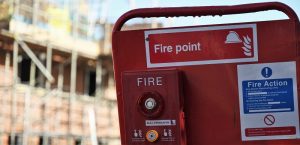 11th September 2019
11th September 2019Fire safety compliance can often seem intimidating. Knowing which regulations need to be met, and who is responsible for meeting them, can feel needlessly opaque. But fire safety compliance is an essential part of managing a building site. However, knowing which legislation to comply with can be unclear so this guide intends to clarify which…
-
 30th August 2019
30th August 2019To ensure that your property is compliant, you will have to undertake a fire risk assessment and assess the potential risks associated from the exposure to asbestos containing materials. Each requirement falls under separate pieces of legislation, but are equally as important so as to safeguard those occupying your premises and to make sure that…
-
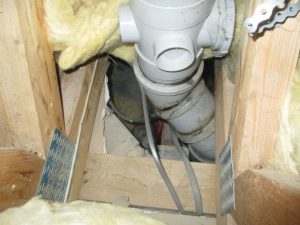 29th August 2019
29th August 2019You may have been advised that you need a Fire Compartmentation Survey, so what is it and why is it important? This article will briefly explain this.
-
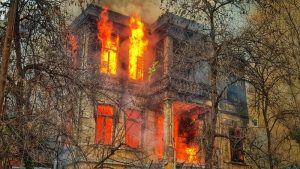 27th August 2019
27th August 2019The answer to the question is almost certainly yes for all commercial premises and shared areas of domestic premises, such as blocks of flats. The relevant legislation in England and Wales is The Regulatory (Fire Safety) Reform Order 2005 (similar legislation exists for both Scotland and Northern Ireland). Under the Order, anyone who has control…
-
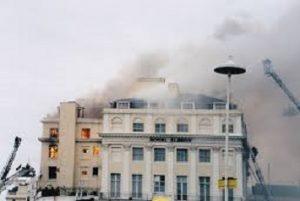 15th December 2016
15th December 2016Fire risk assessments in Hotels need to consider much more than the availability and protection of suitable fire escape routes; these should be relatively straight forward to assess. Arguably, the most important issue to consider when carrying out a fire risk assessment is the evacuation of the guests, especially those who are sleeping. There should…
-
 8th December 2016
8th December 2016Fire evacuation in residential care homes is often difficult and complex as most of the residents will be unable to self-evacuate due to restricted mobility and/or medical conditions. There is a huge reliance on Care Home Staff to move residents to a place of relative safety. The more residents involved, the longer the process takes….
-
 18th July 2016
18th July 2016The evacuation of Care Homes in case of fire is often difficult, as a high proportion of the residents are usually either physically or neurologically impaired (or both). Whilst progressive evacuation is the preferred fire evacuation strategy for most Care Homes (moving residents to relatively safe fire compartments within the Home rather than immediately evacuating…
Working Together To Improve Construction Health & Safety

